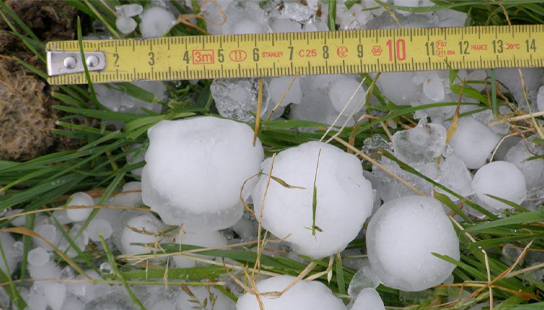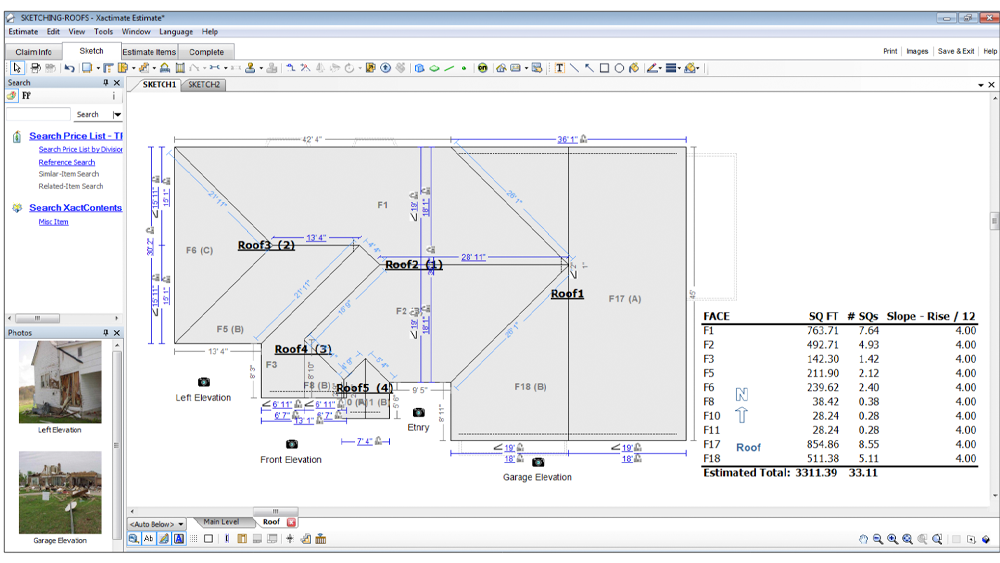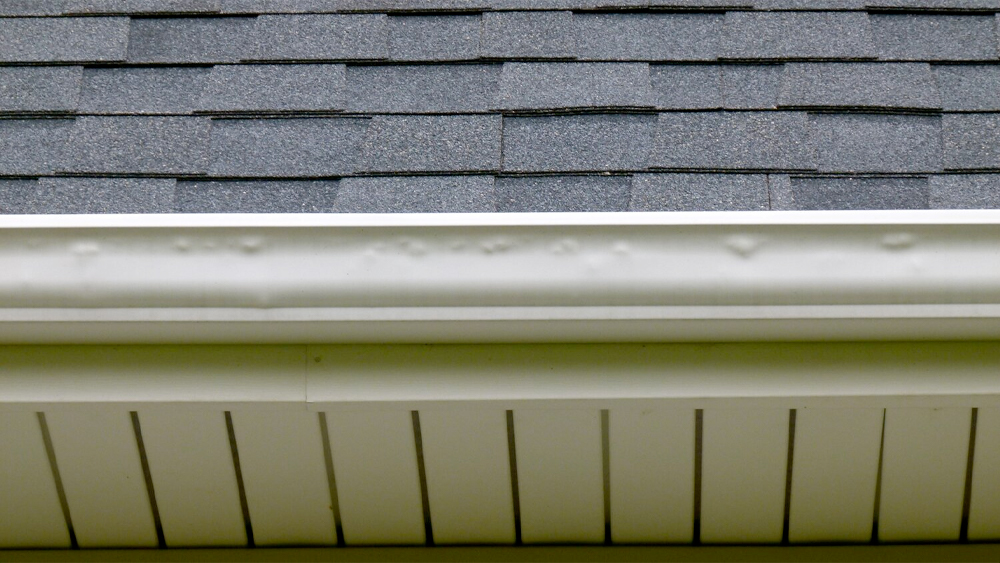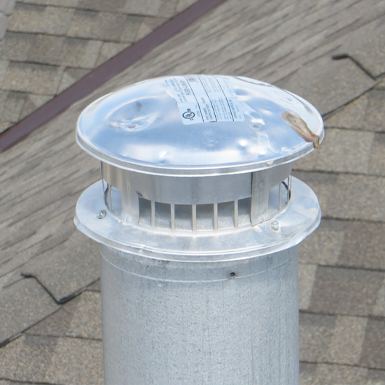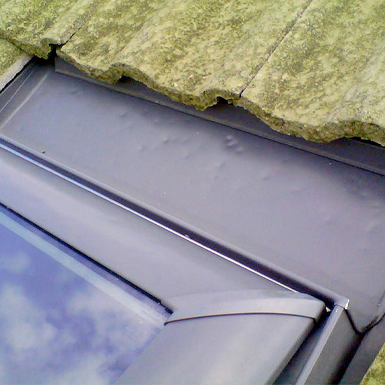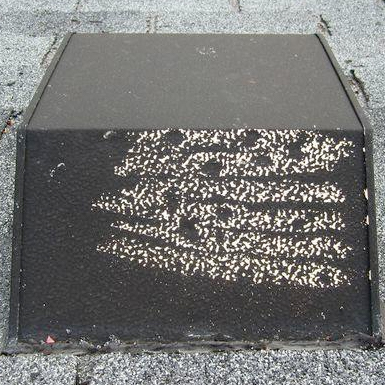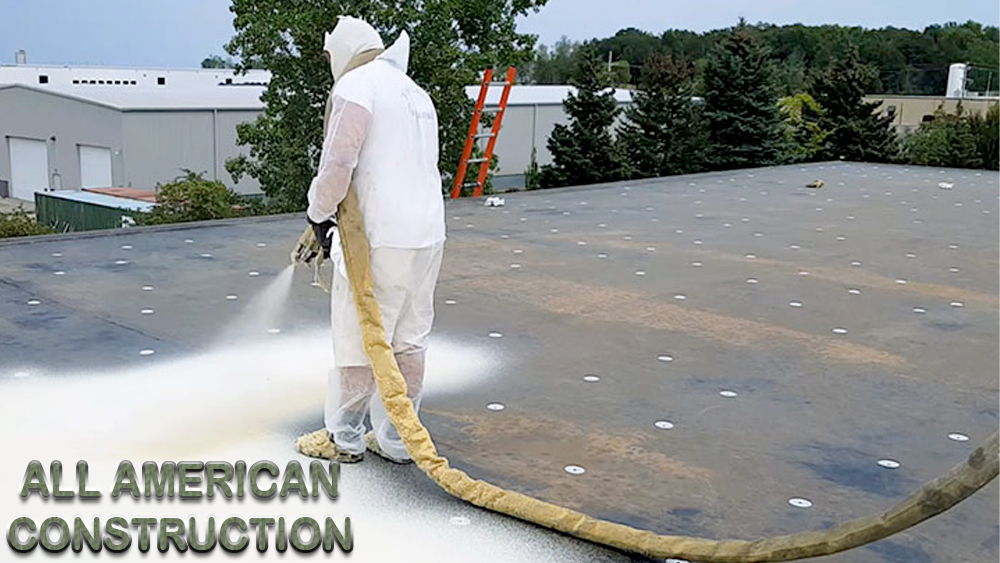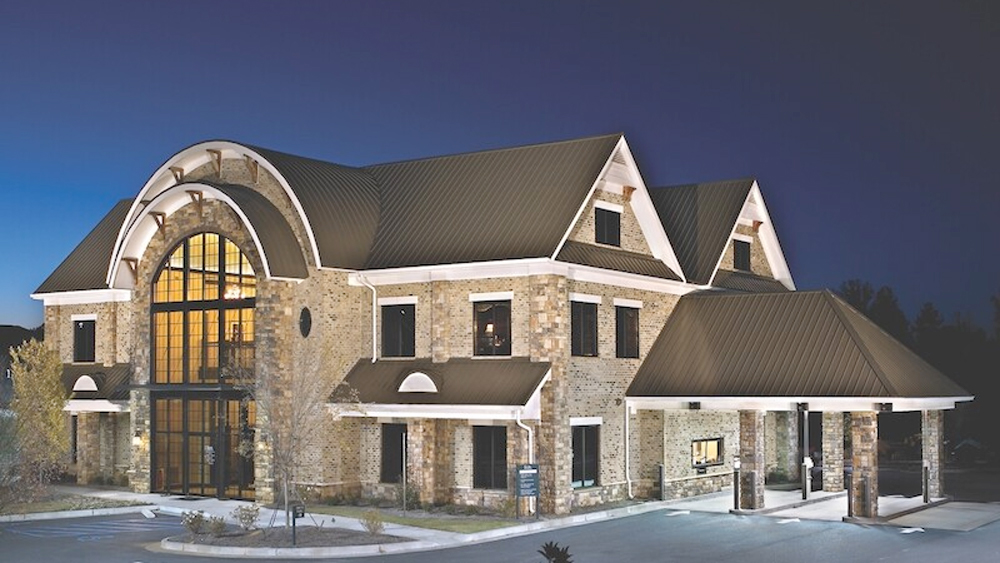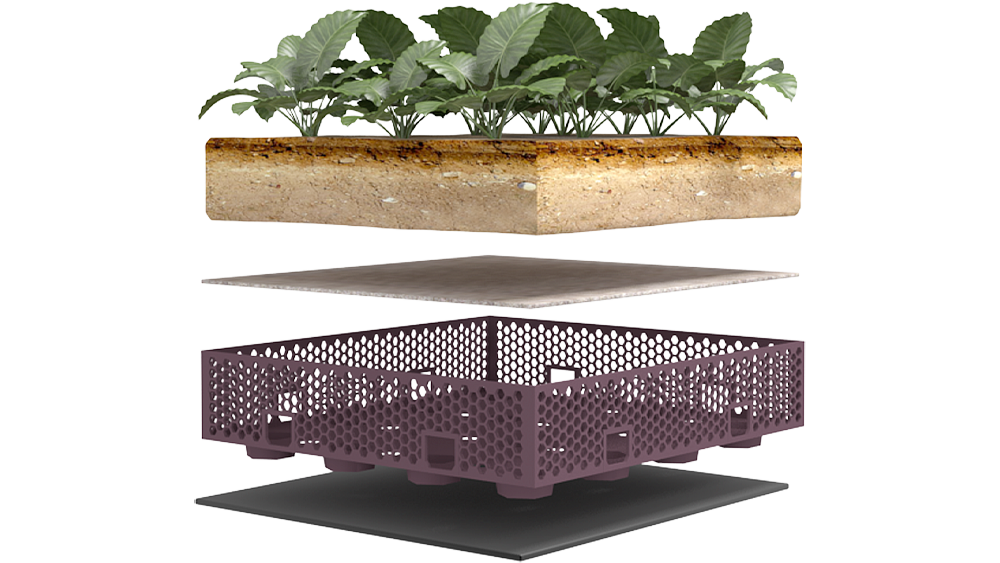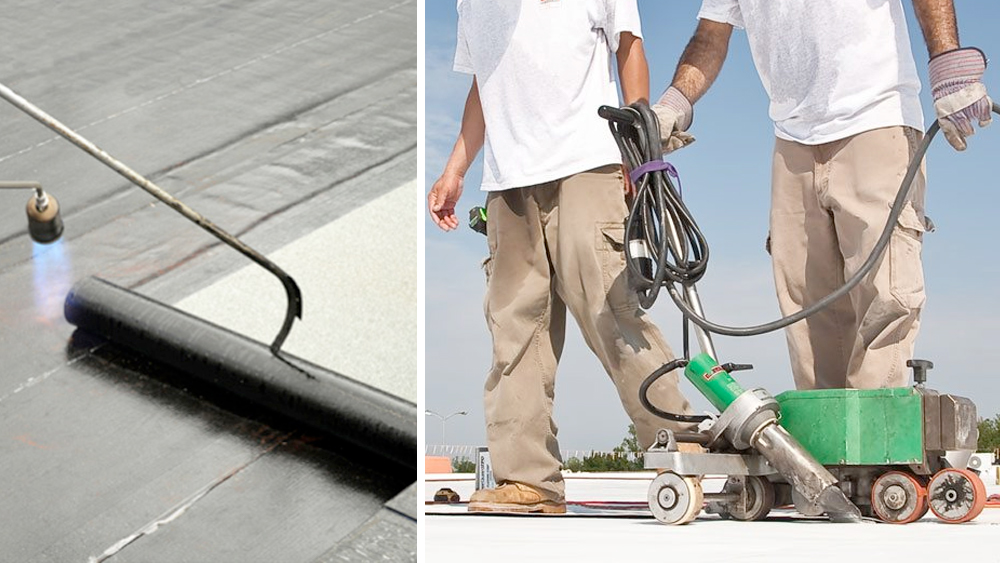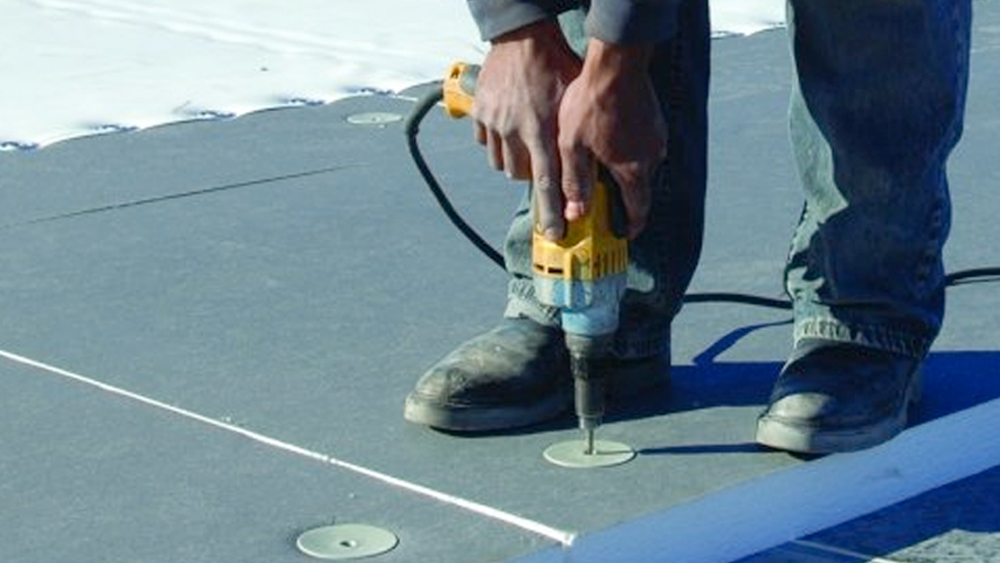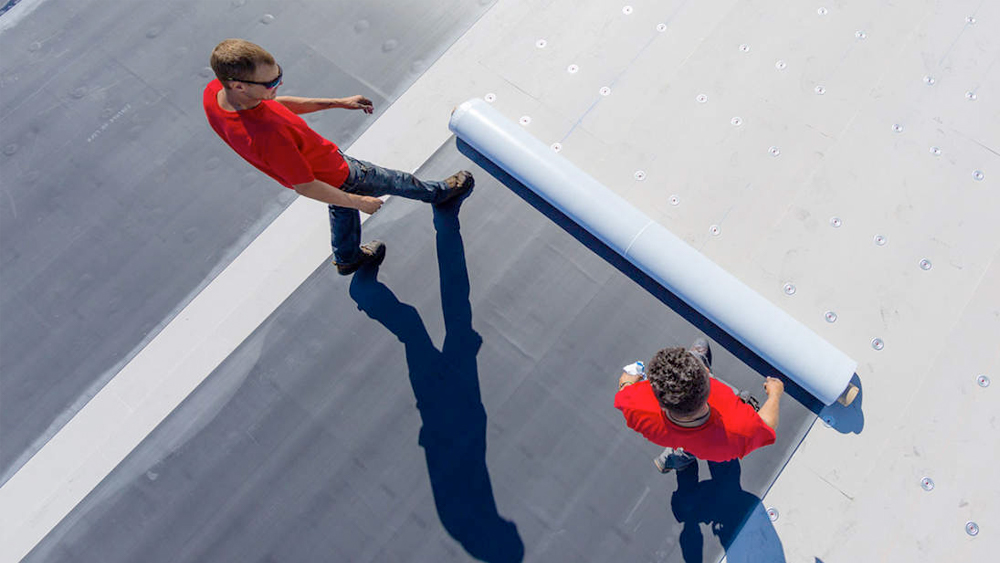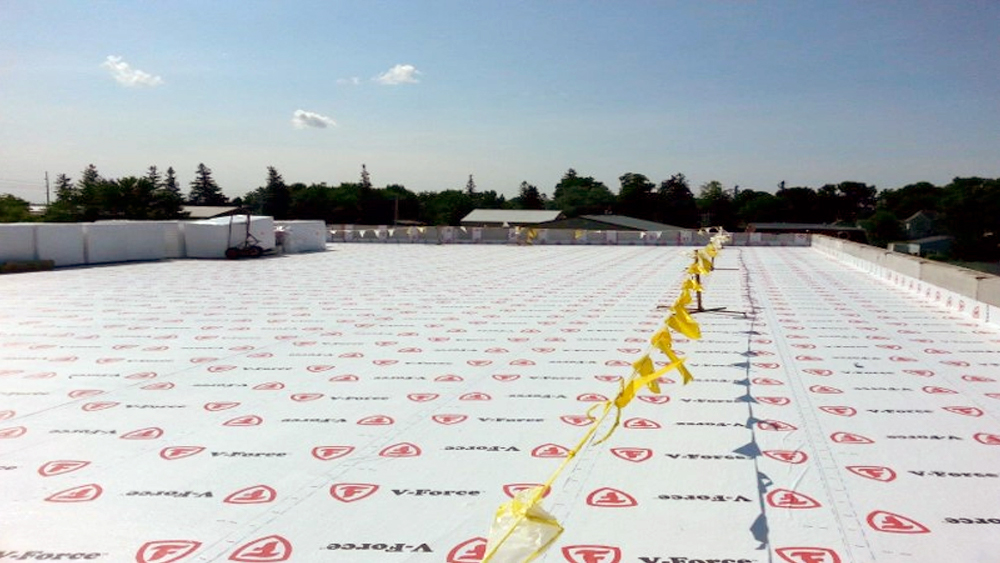In the aftermath of a natural disaster, many people are so traumatized from the event that they totally tune out when a claims adjuster shows up. But it’s important that you be as engaged as possible. Your complete recovery — financial and emotional — depends on it. This guide will help you remain focussed and calm so that you can recover your investment (your property) efficiently.
1. Self Adjust (Do your own investigating)
Prior to the claims adjuster arriving at your property —do your own investigation and meticulously record damages as you investigate your property. Don’t forget to check your air conditioner, windows, trim, siding and any dormant appliances.
Create your own ledger of things you remember, it’s best to photograph or make a video of your items. Not only will itemizing your possessions give you a good idea of what’s in your home, but it will give you leverage throughout the insurance process. Here’s a good idea of what you need to record:
- Description of the item
- Date of purchase
- Estimate of repair or replacement
Tip: Do not clean up any damaged property until the adjuster sees it. If it is necessary, then photograph or create a video.
There are two kinds of claims adjusters
In the event of a catastrophic storm, it is common for public adjusters — likely independent adjusters — to contact you. This is especially true when there was significant damage in your area or even other parts of the US. But you never know, a staff adjuster who works directly for the insurance company may show up at your door(they usually wear a polo shirt with your insurance company’s logo on it).
The good thing about public adjusters, is that they typically won’t be looking out for the interests of the insurance company compared to a staff adjuster who represents his or her insurance company.
If you go with the staff claims adjuster sent by the insurance company, it is fairly common to challenge their findings, so don’t lose any sleep over this. Also, you can hire a roofer to represent you at the adjuster meeting.
Tip: Before the adjuster arrives, some insurers may send you a proof of loss form to fill out. Don’t lose this form! It will be crucial for you to itemize your losses.
Read the loss notice
The loss notice is one of the most important documents, it is the starting point of all claims investigations. It shows vital information that will allow the adjuster to properly prepare to fulfill the obligations imposed by the Fair Claims Settlement Practices Statute and Fair Claim Settlement Practices Regulations in the adjusters state.
- Where the loss occurred
- When the loss occurred
- The type of coverage the insured has
- The type of loss
- The insured’s name, address, and telephone number
- The agent’s name and address
- Who to contact and how to contact him or her
- Whether there is anything to which the adjuster should give special attention
- Who to contact and how to contact him or her
Read the Policy
Not only is it important for the adjuster to understand the terms and conditions of the agreement between you and the insurer, you should also read and analyze the policy in a logical and thorough manner.
Before beginning to investigate a claim, you must first establish or confirm coverage. To do this, get a complete copy of the insurance policy from your company.
Once the policy is in hand, you can determine the policy limitations and determine the perils insured against. For example, is the policy a standard hail and wind policy, a multiple named peril policy, an old “all risk,” or a direct risk of physical loss policy?
It is important to be familiar with each of the exclusions, limitations, or exceptions from coverage.
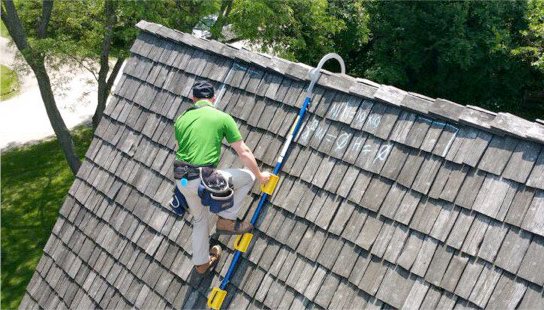
Meet with the adjuster and roofer
Once your adjuster has completed the basic preparation of reviewing the loss notice and the policy wording, he or she should make immediate contact with you (not more than 24 hours after receipt of the loss notice) and arrange to meet with you and a witness (your roofer). The adjuster should explain to you that the policy requires you to prove your loss to the insurer.
In order to provide you with the best service possible and to act in good faith, the insurer hires the adjusters to help you prove your loss.
The adjuster cannot prove the loss for the insured—he or she is only present to help you.
Every adjuster has their own method of investigation and it is best to let them do their thing, simply walk with them where ever they go and watch what they do. If you feel he missed something, simply mention it to him. For example, if your cedar fence shows marks from hail, and he missed it, point it out to him. Also, it’s best to have your roofer with you so that their are three sets of eyes. It is important for everyone to be on the same page before the adjuster leaves your property although nothing is set in stone.
If you have any further questions about coverage, the adjuster should explain to you the obligation for you to provide a sworn statement in proof of loss within 60 days of the loss or within 60 days of the request for a proof of loss, explaining at the same time that if additional time is required, the adjuster and the insurer, whom he or she represents, will grant any reasonable extension of time you need.
The Examination under Oath (EUO)
The 1991 edition of the homeowners policy provides, in easy-to-read language, the following.
2. Your Duties After Loss. In case of a loss to covered property, you must see that the following are done:
f. As often as we reasonably require:
(1) Show the damage property.
(2) Provide us with records and documents we request and permit us to make copies; and
(3) Submit to EUO, while not in the presence of any other “insured” and sign the same. Insurance Services Office, Inc., form HO 00 03 04 91, Page 9 of 10
Although the EUO is a formal proceeding, it is not part of a judicial process. The EUO is not controlled by the rules of civil procedure. In most states, it is considered a condition precedent to recovery under a policy of insurance. The EUO is not limited by any statute relating to civil discovery. Some states have enacted regulations that try to limit insurers taking of the EUO and place certain requirements upon the insurer to chill the desire to take an EUO.
The EUO Should Be Required by an Insurer Only If
In the following situations, the EUO should be required by the insurer.
- When the insured has insufficient documentary evidence to prove his loss
- When the insured refuses to cooperate in the investigation of the insurer
- When the insured is unable to present documentary evidence in support of his or her claim
- When the insured needs help proving his or her loss
- When the insurer has no other means of “cross-examining” the proof of loss submitted by the insured
- When the insurer witnesses a fraudulent claim is being attempted
Obtain the Proof of Loss
When seeking to recover on an insurance policy, you have the burden of proving a loss from causes within the terms of the policy and if such proof of loss is made within the contract of insurance, and the burden is on the insurer to establish that the loss arose from a cause that is excepted from the policy.
The main purpose of a proof of loss “is to familiarize the insurance company with certain facts and circumstances relative to the loss, forming a basis for further steps to be taken by the company, ranging from full settlement to absolute repudiation of liability.
A proof of loss is the sworn statement of you required by the conditions of the policy of insurance. It sets forth your knowledge and belief as to the date, time, and cause of the loss; the encumbrances on the property; the persons with an interest in the property; the value of the property; the amount of loss; and the amount of claim.
Establish the Amount of the Loss and Claim
The adjuster must on the first visit establish with the insured the exact scope of loss. This means that the adjuster and the insured (or PA) must perform a walk through of your house or business and agree to exactly what was damaged and destroyed as a result of the peril insured against.
The scope of loss must be detailed. Descriptions, including room dimensions; materials like cedar fencing, shingles, flashing, and fixtures; and information about special features, openings, casements, detailing, moldings, and other architectural features must be part of the scope of loss. The scope of loss must be complete.
The adjuster must never do the following.
- Take a quick look around and ask the insured to fill out a property loss form at his or her convenience.
- Leave the insured with blank forms, except for supplemental items learned of after the initial scope was completed.
- Take a partial scope, and attempt to do the rest later.
- Rely on the expertise of the insured’s PA.
- Rely on a contractor to establish the scope.
The adjuster must walk through the entire scene of the loss with you and obtain an agreed scope of loss. They will advise you to find experts who will bid on the repair and replacement from the agreed scope, but you can hire whom ever you want. The adjuster must then leave you with a copy of the agreed scope and inform you, if you wish, to obtain similar opinions based on the same agreed scope.
Photograph the Scene
To substantiate the agreed scope of the loss, the adjuster must photograph the scene—both the damaged and undamaged portions of the property—that is the subject of the loss. The adjuster must take a complete photographic and written inventory of the loss scene, taking photographs of everything damaged.
If the damage is extensive, you can do your own video inventory of your loss. It should be taken silently. A narration can be added later after everything has been seen. Also, the adjuster must inventory and price each item of inventory, whether damaged or not.
Determine Values
You should give any photographs or video showing loss to help determine the actual cash value of all the property insured.
If a replacement cost value endorsement applies, the adjuster also must determine the full cost to repair or replace the items with like kind and quality. If necessary to establish values, you should provide estimates from the contractors you hire.
Write the Captioned Report
Once agreement is reached with you, the adjuster must write a full captioned report to the file and present it to his or her supervisor for approval.
The adjuster is the representative at the loss scene. He or she must report in writing to superiors with the authority to pay the indemnity required unless the claim falls within the authority provided to the adjuster, who will only then write a short closing report.
They should give you a clear, concise, understandable, and comprehensive report.
The captioned report should be written immediately after the adjuster’s first meeting with you on every file, no matter how small. The length and detail of the report should only be limited by the extent of the loss.
The captioned report is written to explain to the adjuster’s supervisor all the adjuster knows about the loss so that decisions required of them by the insurer and the law can be made. It should be supplemented and updated until an agreement is reached with you or a decision is made to reject the claim.
It should include no less than the following captions providing full information on each issue.
- Insurance
- Insured
- Origin
- Potential fraud
- Experts that the adjuster has retained
- Meetings with officials from authorized government agencies
- Risk
- Adjustment
- Title and encumbrances
- Policy violations
- Subrogation and salvage
- Coverage question if needed
- Recommendations if necessary
- Replacement cost agreement
Once the final captioned report is approved by management, the amount of loss can be agreed to and payment issued promptly but, in no event, more than 30 days after the agreement is reached.


